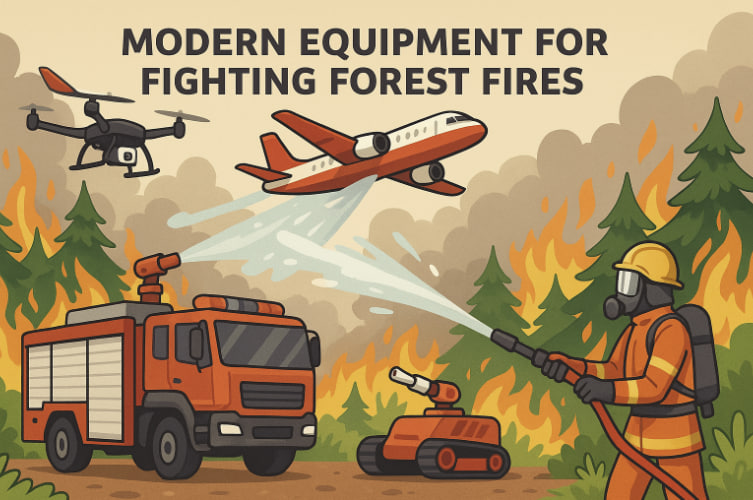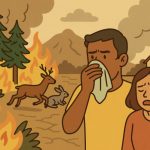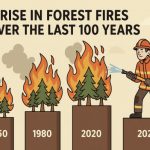As forest fires become more frequent and intense due to climate change and human activity, the need for effective, high-tech firefighting tools has never been greater. Traditional methods like shovels, water hoses, and firebreaks are still important — but today’s wildland firefighting efforts increasingly rely on modern equipment that improves speed, safety, and coordination. This article explores the advanced tools and technologies currently used to combat forest fires around the world.
Why Specialized Equipment Is Essential
Forest fires spread rapidly, often across inaccessible terrain and under extreme weather conditions. Firefighters face:
- Unpredictable wind and flame behavior
- Limited visibility and high temperatures
- Vast and remote landscapes
- Threats to civilian lives and property
Modern equipment enhances response time, operational safety, and fire containment effectiveness, especially in large-scale fire emergencies.
Key Modern Firefighting Tools and Technologies
1. Aerial Firefighting Aircraft
- Water bombers and helicopters drop thousands of liters of water or fire retardant over burning areas
- Unmanned aerial vehicles (drones) scout fire zones, track spread, and monitor hotspots in real time
- Some aircraft are equipped with infrared sensors to see through smoke and detect hidden fires
2. Thermal Imaging and Satellite Monitoring
- Thermal cameras on drones, planes, or fire trucks identify heat signatures invisible to the naked eye
- Satellite data (like NASA’s MODIS or ESA’s Sentinel) helps map fire boundaries, smoke plumes, and weather patterns globally
- Real-time data sharing supports coordination between local and international firefighting teams
3. Robotic Firefighters
- All-terrain unmanned ground vehicles (UGVs) can operate in high-risk zones, delivering water, foam, or tools without endangering humans
- Robots are useful in hazardous areas like steep slopes, chemical fires, or areas with poor air quality
4. Advanced Fire Retardants and Gels
- Fire-retardant chemicals are dropped from the air to slow or stop the spread of flames
- Modern fire gels can coat buildings, vegetation, or vehicles to provide temporary heat resistance
5. Communication and Mapping Systems
- GPS-based tracking monitors firefighter locations in real time
- Mobile apps and dashboards allow commanders to manage teams, equipment, and routes efficiently
- 3D fire mapping helps visualize terrain and fire movement
6. Personal Protective Equipment (PPE)
- Flame-resistant suits, helmets with heat sensors, and oxygen-supply masks keep firefighters safer in extreme conditions
- New materials reduce weight and improve comfort during long operations
Emerging Technologies in Wildfire Management
- Artificial intelligence (AI) models now predict fire spread patterns using weather, topography, and vegetation data
- Autonomous aircraft are being developed for nighttime firefighting missions
- Laser sensors and LIDAR are used to assess vegetation density and fire risk in advance
Supporting Sustainable and Safe Practices
In addition to high-tech gear, many agencies invest in:
- Controlled burns using precision drones
- Early warning systems connected to weather stations and satellites
- Electric vehicles and battery-powered tools to reduce emissions in firefighting operations
Conclusion
Modern forest firefighting depends on a blend of technology, training, and team coordination. As wildfires grow more intense, innovative tools — from drones and data systems to robotic equipment — offer new hope for faster response and reduced destruction. Investing in advanced gear today helps protect both ecosystems and human communities for the future.
Glossary
- Fire retardant – a substance that slows or stops the spread of fire.
- UGV (Unmanned Ground Vehicle) – a robot that operates on land without a human pilot.
- Thermal imaging – the use of heat-sensitive cameras to detect fire zones.
- PPE (Personal Protective Equipment) – clothing and gear designed to protect emergency responders.
- LIDAR – laser-based technology for mapping terrain and vegetation.


